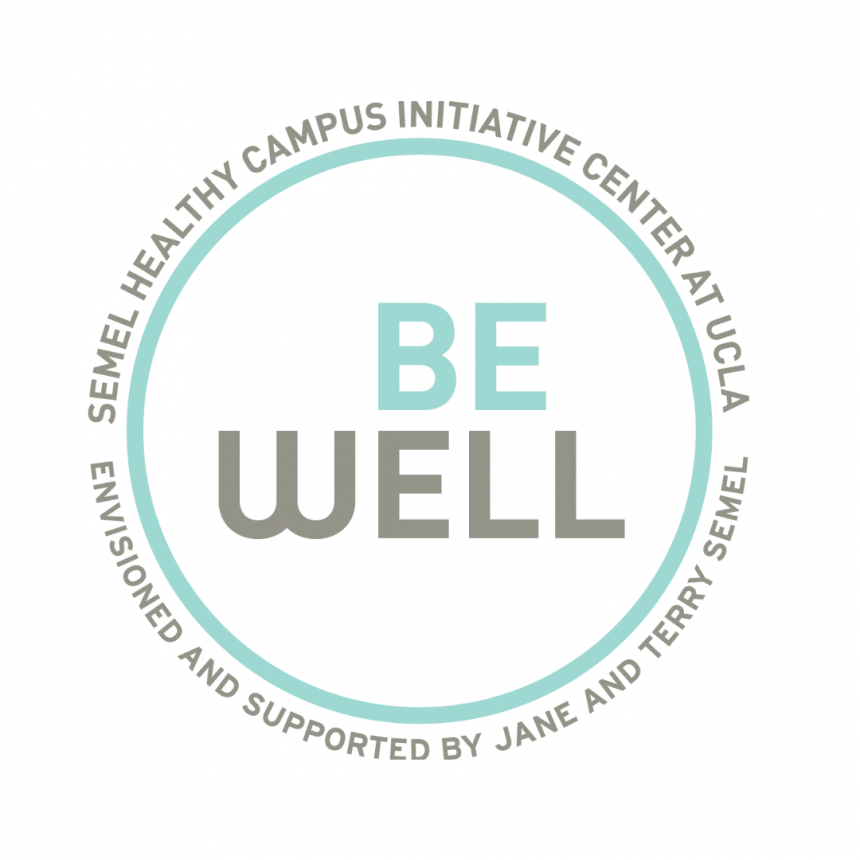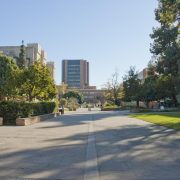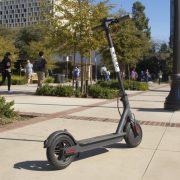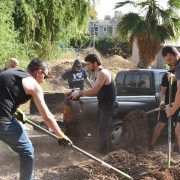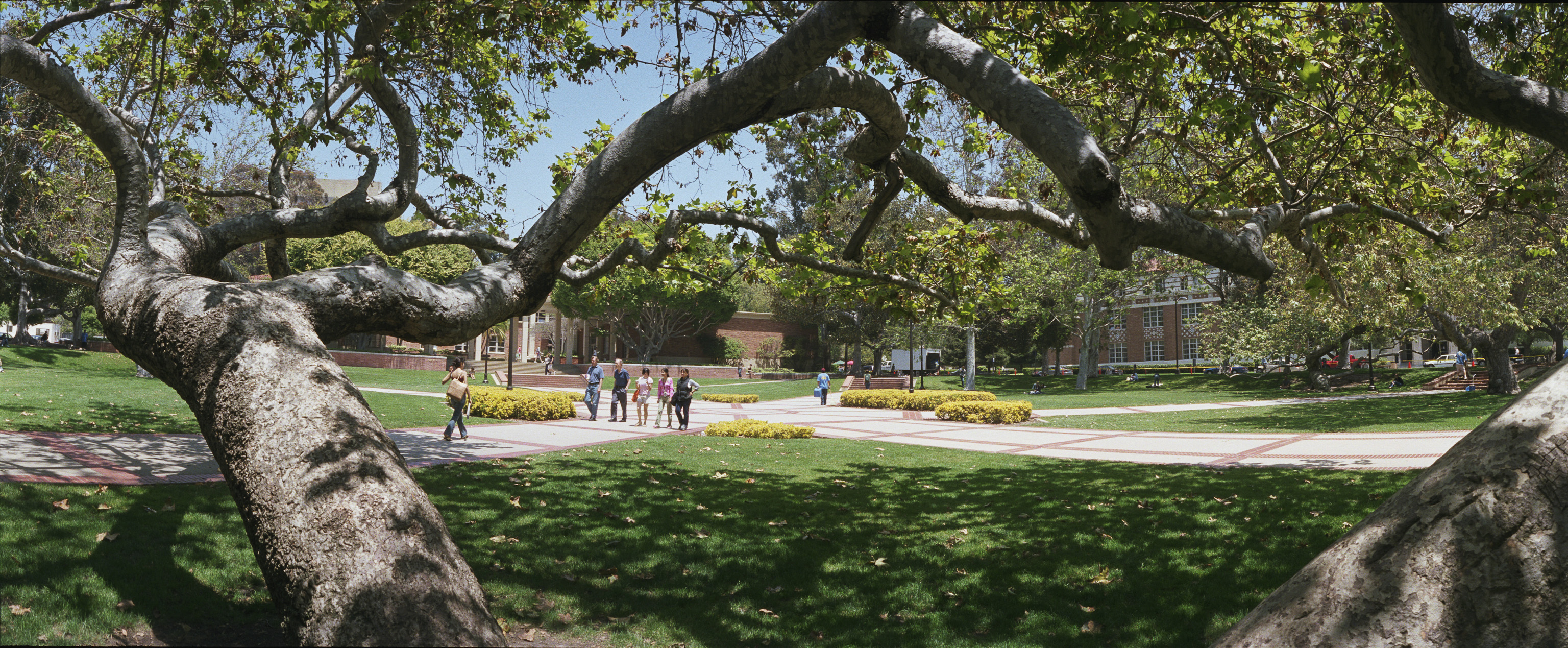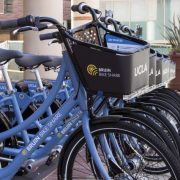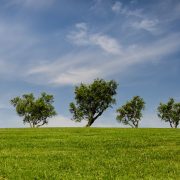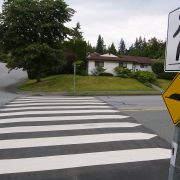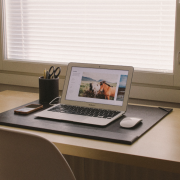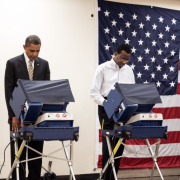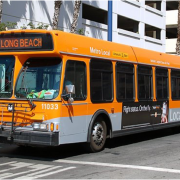Reclaiming Our Healthy Spaces @ North Court of Sciences
What is your favorite place at UCLA? Some people love Bruin Plaza, with its iconic Bruin Statue, heavy foot traffic, and nonstop activities and events. The landing of the grand Janss steps, featured in many Hollywood movies and every campus tour, is a perfect place to feel at one with your school and on top of the world. Or perhaps you prefer to be surrounded by bricks and books in historic Powell Library. These instantly recognizable spots on campus all have one thing in common: a great “sense of place.” “Sense of place” is that hard-to-define certain something that makes a place feel special and draws people in. Some places are born with a great sense of place. Others, however, need a little help.
Do you recognize this spot on campus? If you’re like most UCLA students and staff, you might not – yet! The BEWell and MoveWell pods are cooking up a plan to activate this spot on campus, known as the north Court of Sciences, and make it more than just a space you pass through on your way to class. Our space-activation campaign, Reclaiming Our Healthy Spaces, is a series of events and investments aimed at helping the UCLA community utilize this space to its full potential. The campaign kicks off this spring quarter with a Mindful Music performance on the first Tuesday of every month, beginning April 3rd, giving passers-by a reason to linger and gather in the space. Weekly on Thursdays, beginning April 5th, MoveWell will show off its new north Court of Sciences recreation storage space by hosting mini-recess activities with equipment such as yoga mats, ping-pong tables, and sidewalk chalk. As more people gather at the north Court of Sciences, they can take advantage of the new urban furniture provided by BEWell, including tables, chairs, and a Soofa solar bench, which gathers solar power that can be used for charging personal electronics. And stay tuned for a Reclaiming Our Healthy Spaces @ Court of Sciences bash on May 1st featuring music, food, games, and more!
Through Reclaiming Our Healthy Spaces, BEWell and Movewell are giving the north Court of Sciences its own sense of place, as a vibrant hub for social engagement. We’re making the north Court of Sciences my favorite spot on campus – maybe it will be yours, too!
Want to get involved in the Reclaiming Our Healthy Spaces campaign for placemaking at the Court of Sciences and other future locations on campus? Come to the next BEWell pod meeting on April 4th from 3:00pm – 4:30pm in CHS 16-030 FSPH (Square Room). All are welcome!
Rebecca Ferdman is a graduate student at UCLA pursuing dual Master’s degrees in Urban Planning and Public Health. She is the graduate student researcher (GSR) for the BEWell pod of the Healthy Campus Initiative.
